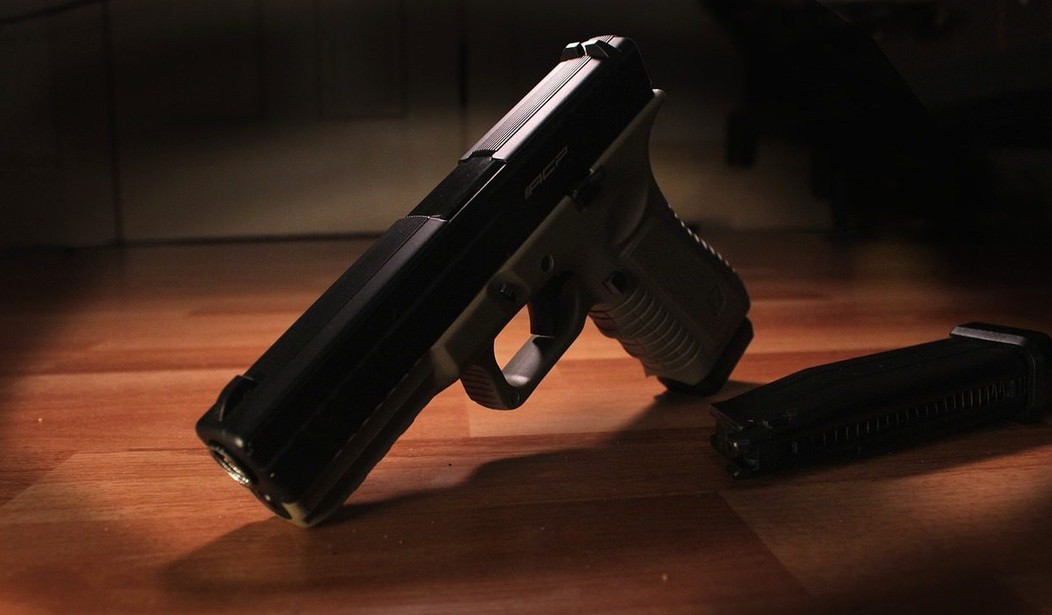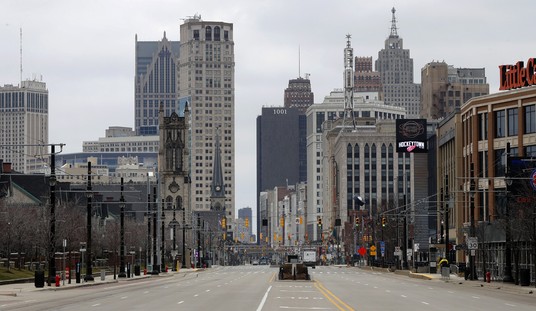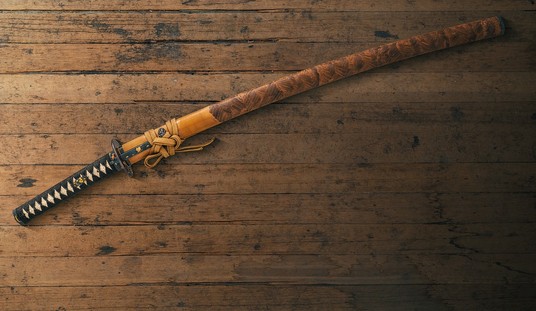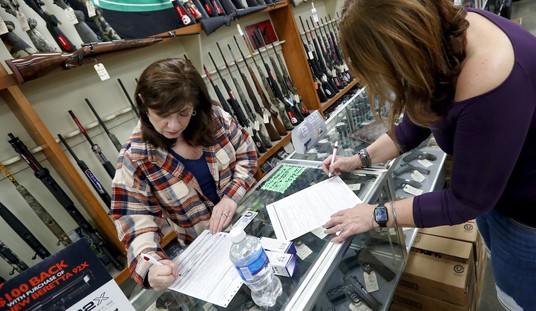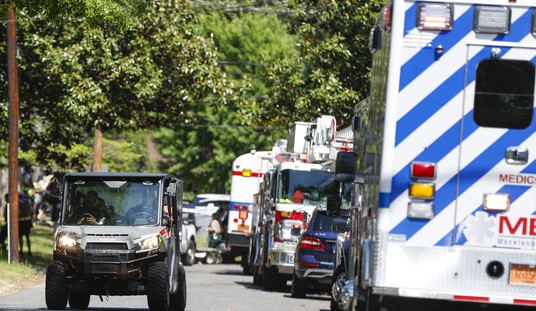What a week for California.
Two significant mass shootings in just a matter of days, a cluster we don’t typically see with regard to such horrific acts of violence. Sure, we saw El Paso and Dayton happen back-to-back, but those were in completely different states. Both of these incidents happened in a single state.
Sure, they were hundreds of miles apart, but that’s not the part that plays on people’s psyche.
With California being such a gun-controlled state, it’s sparked a lot of conversations. Many are wondering if this is somehow a bad year for mass shootings in the state.
Well, someone in the media that way decided to look.
Five mass shootings have claimed the lives of 27 people in California since the first day of the year, making it a tragic month for a state known for its extensive firearm restrictions.
The Half Moon Bay and Monterey Park shootings comprise the majority of these lives lost, with the death toll from the two mass shootings reaching 19 people by Tuesday afternoon.
A look at historic data from the Gun Violence Archive shows that California has seen the highest number of mass shooting-related deaths than any other month since at least 2013.
…
The archive notes that general gun violence—including incidents not categorized as mass shooting—has killed 12,974 people in California between 2014 and 2023, spread out across 373 mass shootings and 25 mass murders. Their data shows that roughly 4,627 people across the nation have lost their lives in mass shootings in the last 10 years.
While 27 killings makes this month an outlier in severity, its number of mass shooting incidents is, sadly, not that uncommon.
Now, we’ve taken issue with Gun Violence Archive’s numbers in the past, including a bit from earlier today.
However, it’s the last sentence I quoted that I wanted to talk about a bit.
You see, California has extensive gun control laws. It has done just about everything it can think of to restrict people’s Second Amendment rights within the state.
If these laws haven’t prevented this “uncommon” rate of mass shootings, then I’m forced to ask just what anti-gunners think will.
After all, this is a state with gun control laws that will never fly at the federal level, some of which won’t survive a legal challenge as things currently stand, and yet none of those were sufficient to stop any of these so-called mass shootings.
Understand that I don’t buy most of these being “mass shootings” in the first place. That term has been corrupted by folks like those behind Gun Violence Archive to include a lot of things that most of us don’t actually think of as mass shootings. Yet the people who claim gun control works also think there’s nothing wrong with this definition. They run with it, so based on their rules, they have to answer for California’s failure here.
California has long been held up as some kind of bastion for the rest of the nation. Second Amendment infringements often start there, then spread to other parts of the nation like a virus.
And they don’t even work.
At some point, we need to come to terms with the fact that the guns aren’t the problem. The issue is a “people” problem, yet we’re not allowed to address that. We need to examine and understand the psychology of mass shooters so that maybe we can help them before things get that bad.
But while California Gov. Gavin Newsom does seem to offer some lip service about mental health in the wake of these shootings, we’re still no closer to understanding them.
For Newsom and people like him, the answers lie elsewhere. He’ll blame the rest of the nation for his gun control laws failing.
Yet at the end of the day, if those laws worked as advertised, they couldn’t fail. Not like this.

